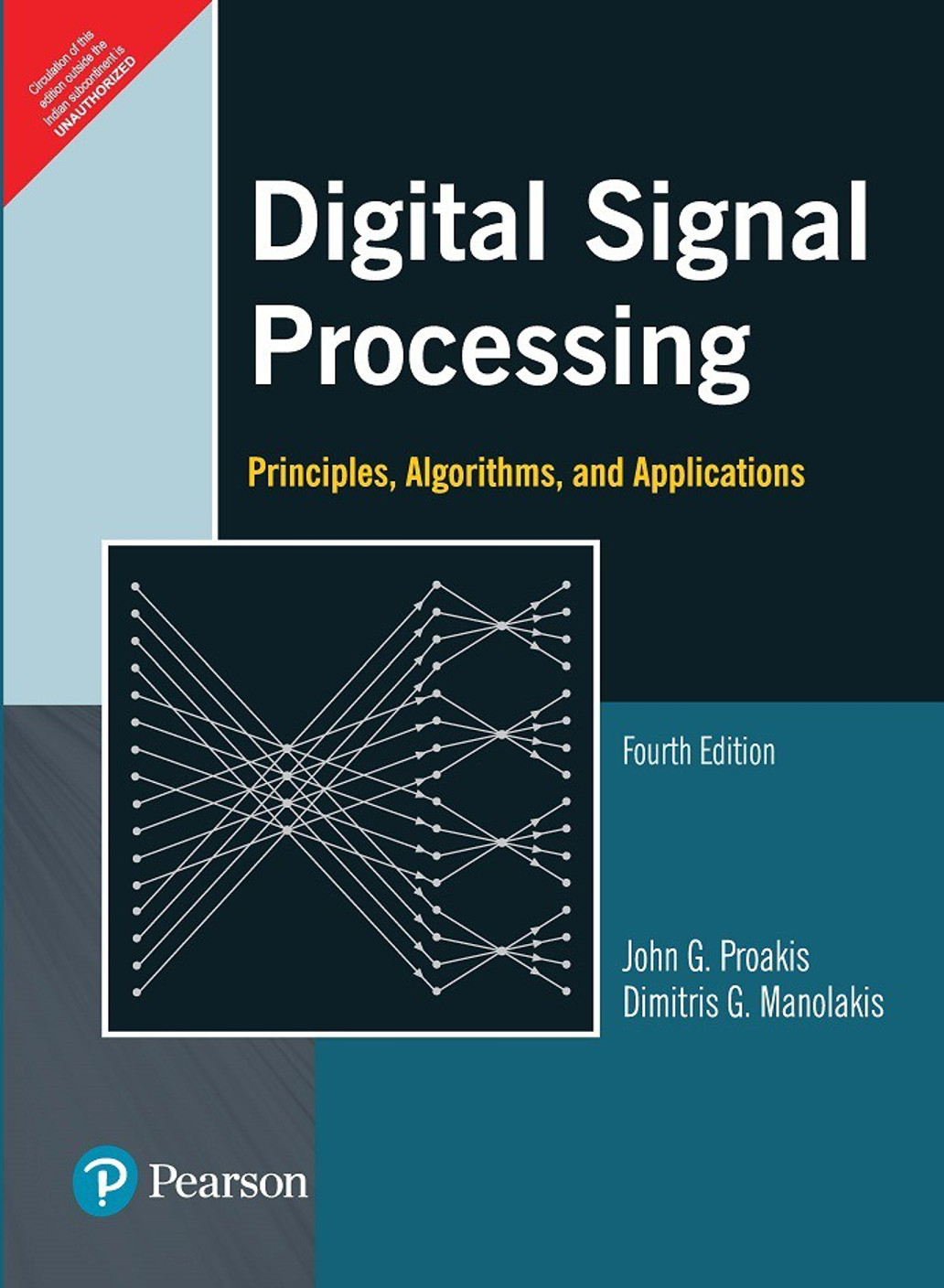What Are The Principles Of Digital Signal Processing In Electrical Engineering Applications?
Digital Signal Processing: Principles, Algorithms, and Applications Digital Signal Processing (DSP) is a subset of electrical engineering that deals with the processing of digital signals. It refers to the manipulation of an input signal into an output signal by a mathematical algorithm. The principles, algorithms, and applications of DSP have become increasingly important in many scientific and engineering disciplines, including telecommunications, audio processing, image processing, computer vision, radar processing, control systems, and biomedical engineering. The objective of this article is to provide an overview of the principles, algorithms, and applications of DSP. We will cover the basics of DSP, including the representation of signals, the Fourier transform, sampling, and quantization. We will also discuss digital filtering, adaptive filtering, and signal processing applications in various fields. Signal Representation Signals come in many forms, such as audio, video, and images, and they can be represented in different ways. The most common representation is the time-domain representation, where the signal is plotted against time. In this representation, the signal is a function of time, and it is continuous in nature. However, digital signal processing deals with discrete signals that are sampled from continuous signals. Therefore, the signal needs to be discretized in the time domain by sampling it at regular intervals. The other common representation is the frequency-domain representation, where the signal is decomposed into its frequency components. This can be accomplished using the Fourier transform, which is a mathematical tool that converts a time-domain signal into a frequency-domain signal. The Fourier transform is a powerful tool in DSP, as it enables us to analyze the frequency content of a signal, and it also provides a means for filtering a signal in the frequency domain. Sampling and Quantization Sampling is the process of converting a continuous-time signal into a discrete-time signal by taking samples of the continuous signal at regular intervals. The sampling rate must be high enough to avoid aliasing, which occurs when the sampling rate is too low and causes high-frequency components in the signal to be misrepresented as lower frequency components. The Nyquist-Shannon sampling theorem provides a guideline for determining the minimum sampling rate required to avoid aliasing. Once the signal has been sampled, it needs to be quantified. Quantization is the process of approximating the continuous amplitude of a signal at a particular time to a discrete value. The amplitude is represented by a finite number of bits, which determines the resolution of the signal. The quantization error is the difference between the actual value of the signal and the quantized value, and it is a source of noise in the signal. Fourier Transform The Fourier transform is a mathematical tool that decomposes a signal into its frequency components. The Fourier transform of a signal f(t) is given by: F(ω) = ∫f(t) e^(-jωt) dt where ω is the frequency variable, j is the imaginary unit, and the integral is taken over all time. The Fourier transform is a powerful tool in DSP, as it enables us to analyze the frequency content of a signal and it provides a means for filtering a signal in the frequency domain. The inverse Fourier transform converts a signal from the frequency domain back to the time domain. Digital Filtering Digital filtering is the process of processing a digital signal through a filter. A filter is a mathematical algorithm that attenuates or enhances certain frequency components in the signal. Filters can be linear or nonlinear, and they can be time-invariant or time-varying. Digital filters can be classified into two categories: finite impulse response (FIR) filters and infinite impulse response (IIR) filters. FIR filters are characterized by a finite impulse response, which means that the output of the filter reaches steady state in a finite number of samples. IIR filters, on the other hand, have an infinite impulse response, which means that the output of the filter can have an infinite number of values. Adaptive Filtering Adaptive filtering is a type of digital filtering where the filter parameters are adjusted in real-time based on the input signal. This is useful when the statistical properties of the signal are unknown or when the signal is time-varying. Adaptive filters can be used in many applications such as noise cancellation, channel equalization, and system identification. Signal Processing Applications The principles, algorithms, and applications of DSP are used in many fields. In telecommunications, DSP is used for signal processing in wireless communication systems, modulation and demodulation of signals, and error correction coding. In audio processing, DSP is used in digital audio effects, signal filtering, and noise reduction. In image processing, DSP is used for image compression, enhancement, and restoration. In computer vision, DSP is used for object recognition, motion tracking, and feature extraction. In radar processing, DSP is used for target detection and tracking, clutter suppression, and jamming suppression. In control systems, DSP is used for system identification, feedback control, and adaptive control. In biomedical engineering, DSP is used for processing of bioelectric signals such as electroencephalogram (EEG), electrocardiogram (ECG), and electromyogram (EMG). Conclusion Digital Signal Processing (DSP) is a powerful and important subset of electrical engineering that deals with the processing of digital signals. In this article, we have covered the basics of DSP, including signal representation, the Fourier transform, sampling, and quantization. We have also discussed digital filtering, adaptive filtering, and signal processing applications in various fields. DSP has become increasingly important in many scientific and engineering disciplines, and its principles, algorithms, and applications are likely to continue to grow and evolve in the future. 

www.flipkart.com - processing signal digital principles algorithms applications john dimitris edition book cart add
Post a Comment for "What Are The Principles Of Digital Signal Processing In Electrical Engineering Applications?"